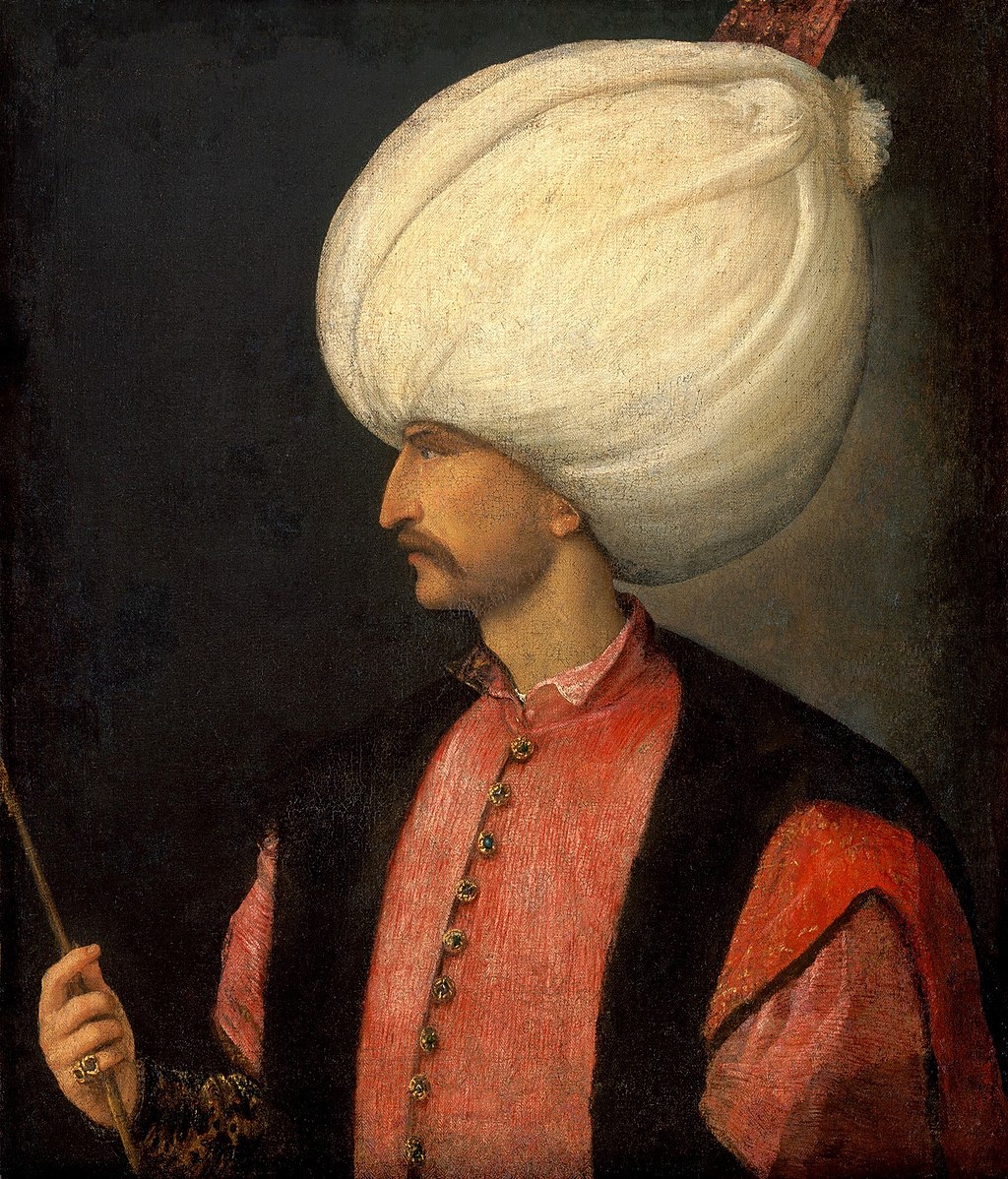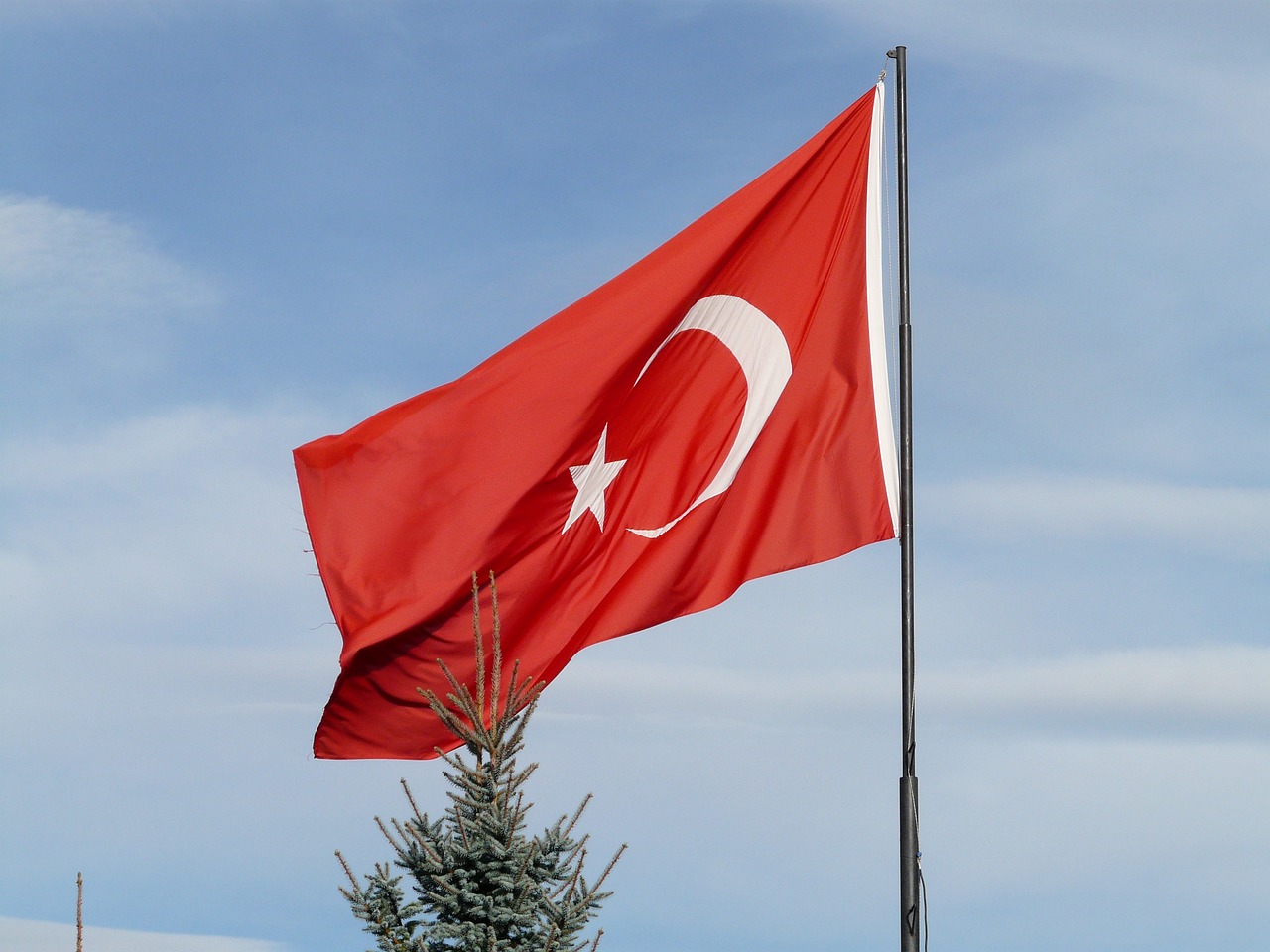Suleiman the Magnificent: The Great Sultan’s heart rediscovered in Hungary

The name Suleiman I, also known as Suleiman the Magnificent, is inseparably tied to one of Hungary’s most pivotal historical events: the Battle of Szigetvár in 1566. This clash marked both a significant Ottoman victory and the end of the Sultan’s extraordinary life.
Though the battle ultimately cemented Ottoman dominance in the region, Suleiman’s death was shrouded in secrecy to preserve the morale of his troops. According to Divány, his internal organs were buried on Hungarian soil near the village of Turbék, while his body was later transported to Istanbul. Over the centuries, the location of his tomb faded into obscurity until modern researchers rediscovered it—a poignant reminder of the intertwined histories of Hungary and the Ottoman Empire.

The reign of Suleiman the Magnificent
Ascending the throne at just 26, Suleiman wasted no time in asserting his power. His campaigns were nothing short of transformative, reshaping the political and cultural landscape of three continents. Among his earliest conquests were Nándorfehérvár (modern-day Belgrade) and the island of Rhodes, followed by sweeping victories across the Middle East.
On the seas, the Ottoman fleet, under his command, dominated the Mediterranean and the Red Sea, most notably triumphing at the Battle of Preveza against the combined forces of Venice and Spain. Beyond military glory, Suleiman’s era was one of artistic and intellectual flourishing, often referred to as the “Classical Age” of Ottoman culture. His patronage of architecture, literature, and the arts left a legacy that extended far beyond the battlefield.

Suleiman met his end during the siege of Szigetvár at the age of 72, likely from illness. His death, occurring on the precipice of victory, was kept secret until the battle’s conclusion. While his body was interred in Istanbul, his heart and other internal organs were buried in Hungary, where a türbe (mausoleum) and mosque were built in his honour.
Over time, these structures fell into ruin, and their location was forgotten until a 17th-century engraving provided modern historians with clues to locate them. This rediscovery has become a symbol of the layered and complex relationship between the two nations.
One Sultan – Two perspectives
Suleiman’s legacy takes on vastly different hues depending on which side of history one is standing. For Hungarians, his name evokes memories of devastating wars, the loss of sovereignty, and a century and a half of Ottoman occupation. He is seen as the face of an era marked by strife and subjugation. Conversely, Turks hold him in the highest regard as the architect of the Ottoman Empire’s golden age. Under his rule, the empire reached its zenith, gaining international prestige and becoming a formidable power that extended from Central Europe to the Arabian Peninsula.
The Turkish occupation of Hungary and Suleiman’s role in it left indelible marks on Hungarian historical consciousness. Works such as The Eclipse of the Crescent Moon (Egri Csillagok) vividly portray this era, capturing the resilience of the Hungarian people and the challenges of life under Ottoman rule. Suleiman’s story is one of contrasts: a conqueror whose military ambition reshaped borders and a statesman whose reforms and patronage elevated his empire. To this day, his name is etched in the shared history of Hungary and Turkey, a testament to a time when the fates of two nations collided under the shadow of an extraordinary leader.
Read also:
- Unexpected medieval child burial found in Hungarian archaeological excavation
- Stunning Hungarian myth and innovation murals unveiled in Türkiye for cultural season
Source:






People should feed the heart to the dogs. The Ottoman Empire caused a great deal of trouble and destruction.